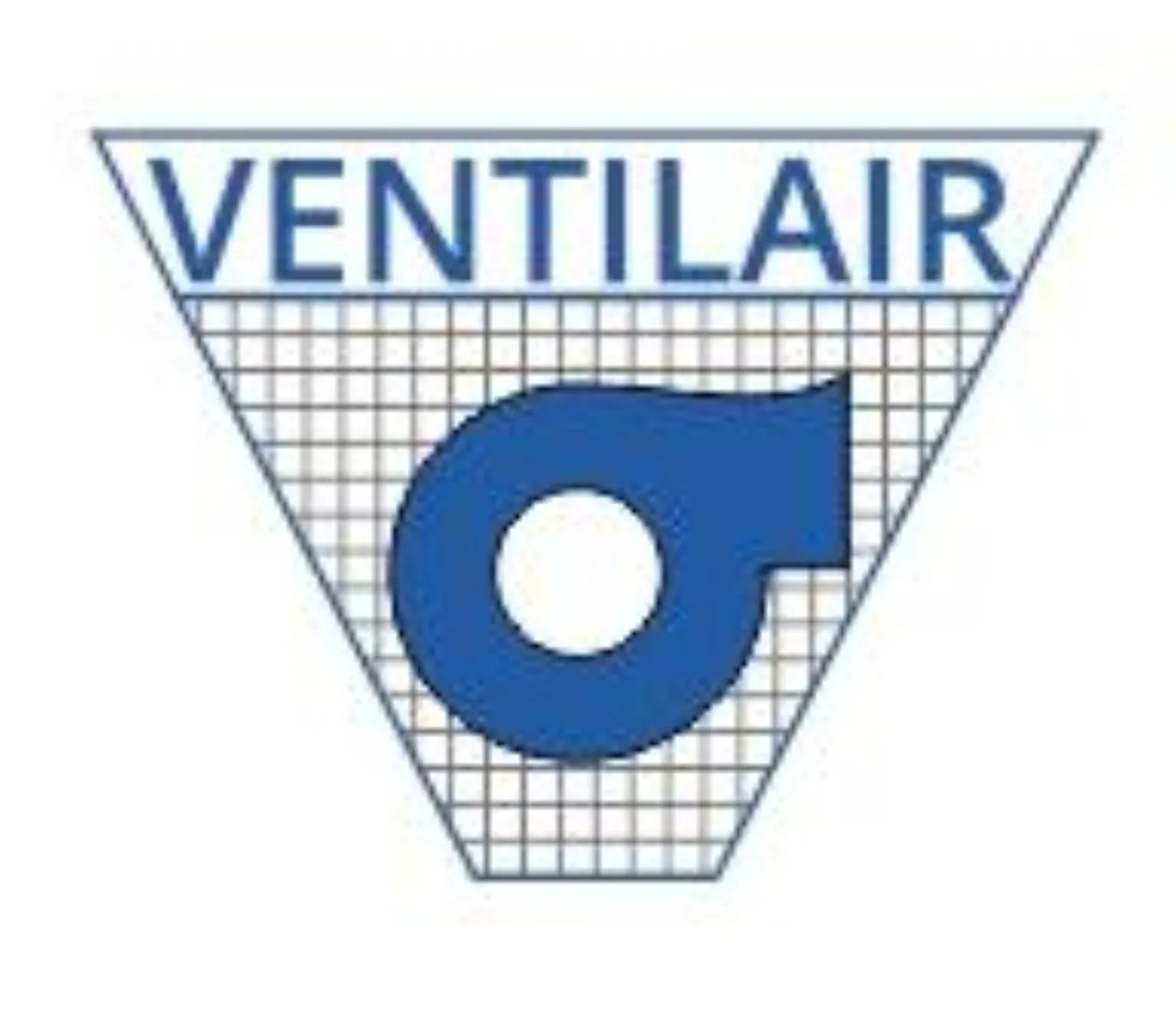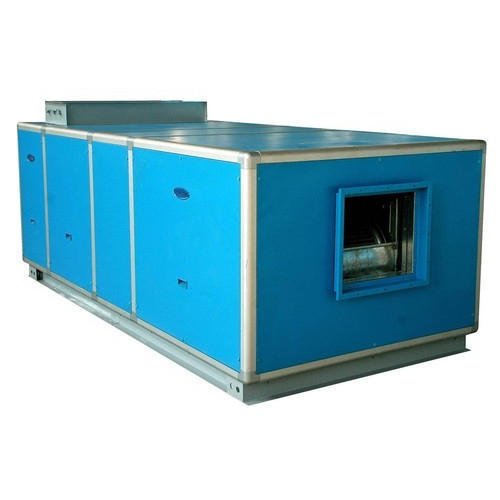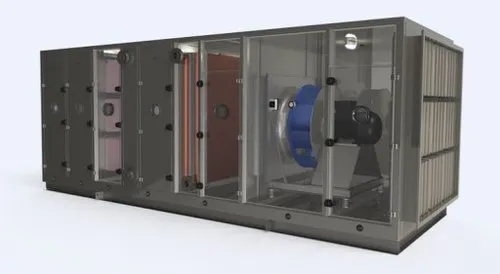Air Handling Units (AHU) Manufacturer
VENTILAIR INDIA PVT. LTD. offering a premium quality range of Air Handling Unit. This unit is suitable to control the access of dry air present in the environment by providing the proper ventilation in various places like hospitals, factories, industries and many other places. Offered unit is precisely manufactured under the vigilance of our dexterous professionals by making use of optimum grade raw material and latest technology. Furthermore, we provide this Air Handling Units in different specifications at reasonable price.
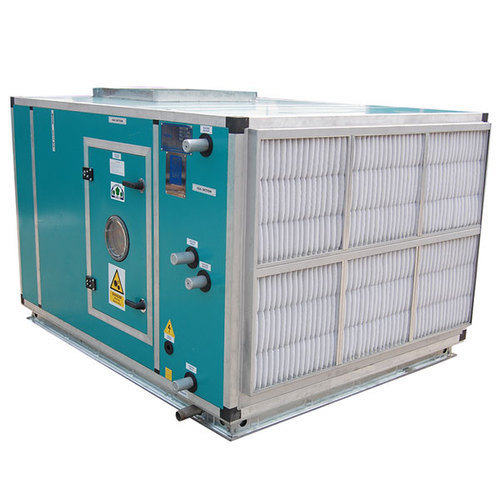
Double Skin Modular Air Handling Unit
Double Skin Modular Air Handling Unit
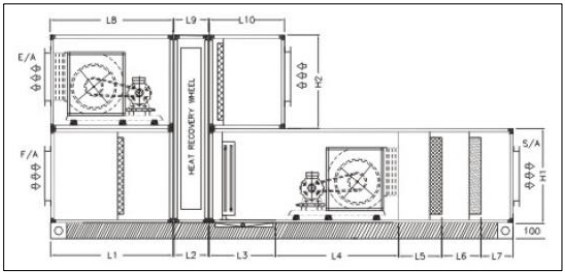
Introduction
- Introducing the Double Skin Modular Air Handling Unit, a game-changer in the world of HVAC systems. Designed to optimize indoor air quality while maximizing energy efficiency, this double skin unit with a heat recovery wheel is a must-have for any building.
- Crafted by a leading manufacturer in the industry, this modular air handling unit is built to last. Its double skin construction provides excellent insulation, preventing any unwanted leakage or loss of conditioned air. Plus, its advanced heat recovery wheel enables significant energy savings, reducing your carbon footprint without compromising on performance.
Technical Specification
| Price | 50k |
| Type | Double layer |
| Brand | ventilair india |
| Capacity | 3000 CFM |
| Air Flow Range | MAX. 2500 FPM |
| Driven Type | Direct |
| Frame Structure | Aluminium Frame |
| Power | 415 +/- 5 V 50 Hz Three Phase |
| Phase | Three Phase |
| Panel Thickness | 25 mm |
| Body Material | Stainless Steel |
| Size | As per Requier |
| I Deal In | New Only |
| Automation Grade | Yes |
| Country of Origin | Made in India |
Frequently Asked Questions (FAQ):
An air handling unit (AHU) is a central component of a heating, ventilation, and air conditioning (HVAC) system that is responsible for conditioning and circulating air throughout a building. The main components of an AHU typically include:
Intake and exhaust dampers: These are used to control the flow of outside air into the AHU and the discharge of air from the AHU.
Filters: These are used to remove contaminants from the air, such as dust, pollen, and other airborne particles.
Heating and cooling coils: These are used to heat or cool the air as it passes through the AHU. The coils are typically connected to a boiler or chiller.
Humidifiers and dehumidifiers: These are used to control the humidity level of the air in the building.
Fans: These are used to circulate the air through the AHU and into the duct work.
There are several types of air handling units (AHUs) available, each designed to meet specific building and HVAC system requirements. Some common types of AHUs include:
Single-zone AHUs: These units are designed to condition air for a single zone or area within a building, such as a room or floor.
Multi-zone AHUs: These units are designed to condition air for multiple zones or areas within a building. They may include separate ductwork and controls for each zone.
Modular AHUs: These units consist of pre-fabricated modules that can be combined to create a custom AHU configuration. Modular AHUs are often used in buildings with limited space for mechanical equipment.
Rooftop AHUs: These units are installed on the roof of a building and are designed to provide air conditioning and ventilation for the entire building. They may include heating and cooling coils, filters, and fans.
The specific type of AHU selected will depend on factors such as the building size and layout, the desired level of air quality and temperature control, and the available space for mechanical equipment.
An air handling unit (AHU) is a component of a heating, ventilation, and air conditioning (HVAC) system that is responsible for conditioning and circulating air throughout a building. HVAC systems are larger and more complex systems that incorporate multiple components to control the temperature, humidity, and air quality of a building. The main differences between an AHU and HVAC include:
Function: An AHU is specifically designed to handle the conditioning and circulation of air, while an HVAC system incorporates a wider range of components to provide complete environmental control for a building.
Components: An AHU typically includes components such as filters, heating and cooling coils, and fans, while an HVAC system may also include components such as boilers, chillers, ductwork, and controls.
Scope: An AHU is typically responsible for conditioning air within a specific zone or area of a building, while an HVAC system is responsible for conditioning air throughout the entire building.
Complexity: An AHU is a simpler system than an HVAC system, with fewer components and less complexity in terms of control and integration with other building systems.
In summary, an AHU is a component of an HVAC system, specifically responsible for handling the conditioning and circulation of air. The term “HVAC” refers to a complete system of components that work together to provide environmental control for a building.
- The capacity of an air handling unit (AHU) refers to the amount of air that the unit can handle or condition. AHU capacity is typically measured in cubic feet per minute (CFM) or cubic meters per hour (m³/h), and is based on the airflow rate required to meet the heating, cooling, and ventilation needs of the building. The capacity of an AHU will depend on several factors, including the size of the building, the number of occupants, the desired level of air quality, and the local climate.
- The capacity of an AHU is typically determined by performing a load calculation, which takes into account the heating and cooling requirements of the building based on factors such as the size and orientation of the building, the number and size of windows, and the level of insulation. The load calculation is used to determine the required airflow rate for the AHU, which is then used to select the appropriate unit size and capacity.
- AHU capacity can range from a few hundred CFM for smaller commercial buildings to several thousand CFM for larger buildings such as hospitals, shopping malls, and airports. The capacity of an AHU can also be designed to be adjustable, allowing for increased or decreased airflow rates based on changes in building occupancy, equipment load, or other factors.

